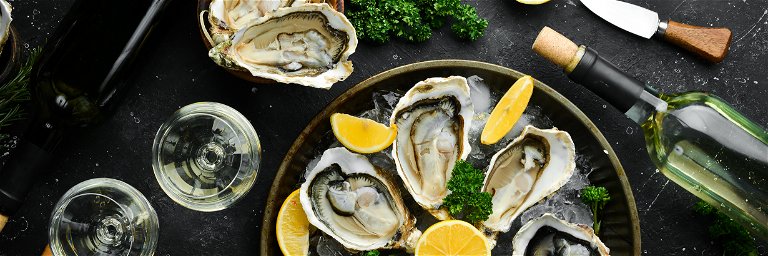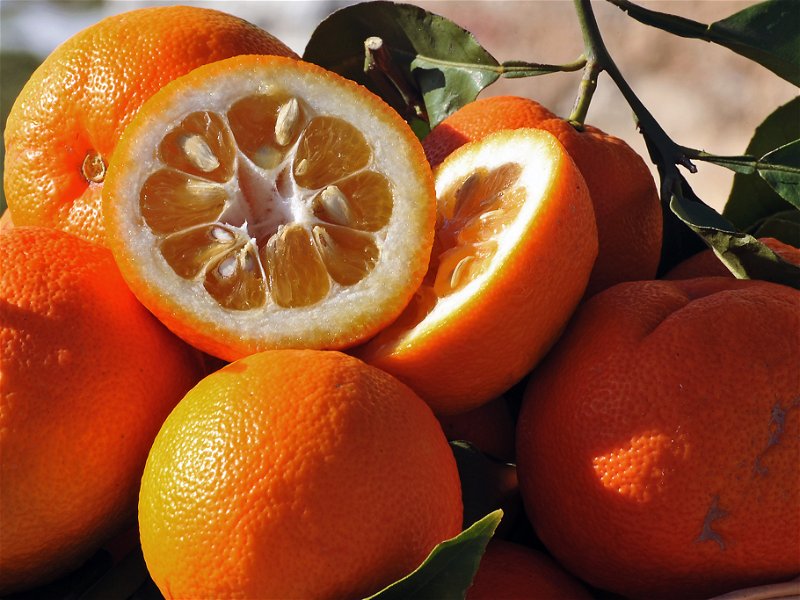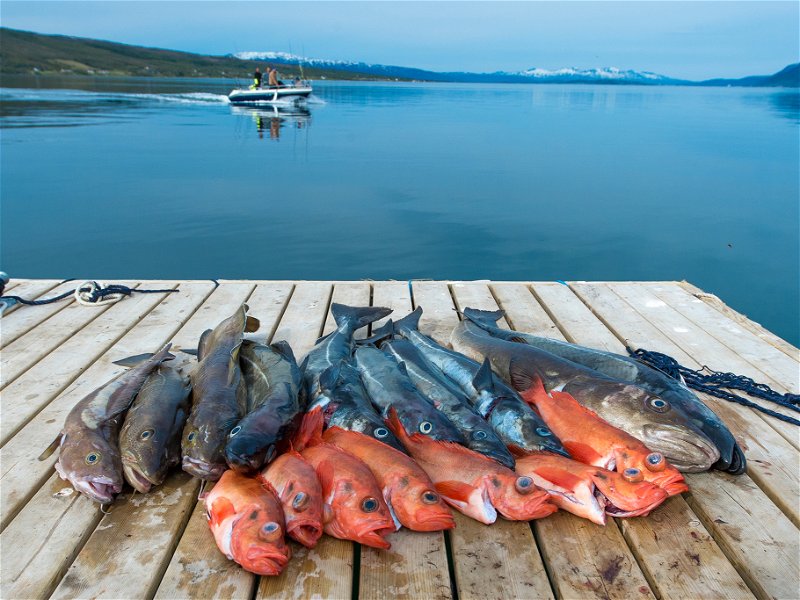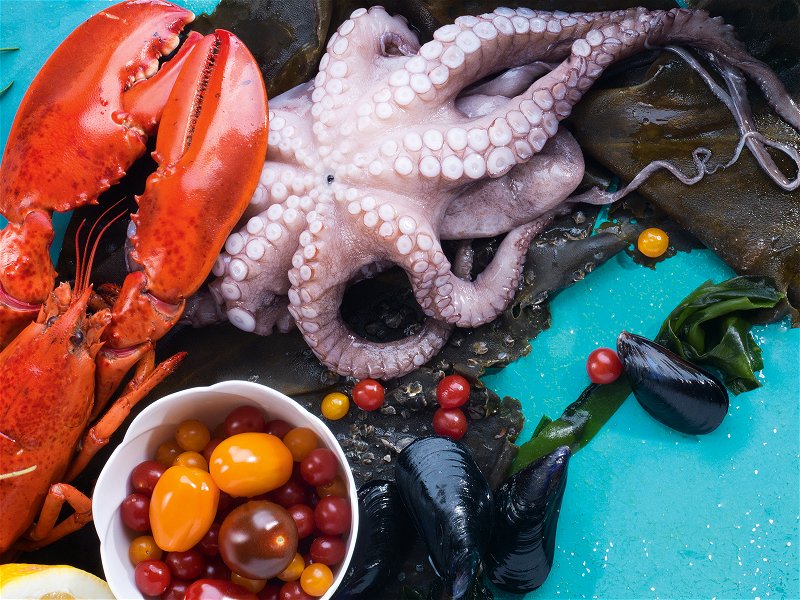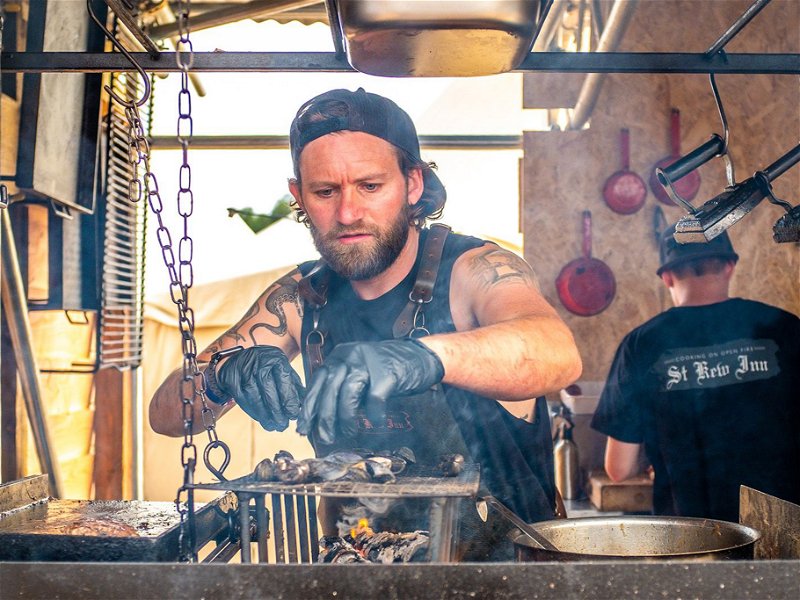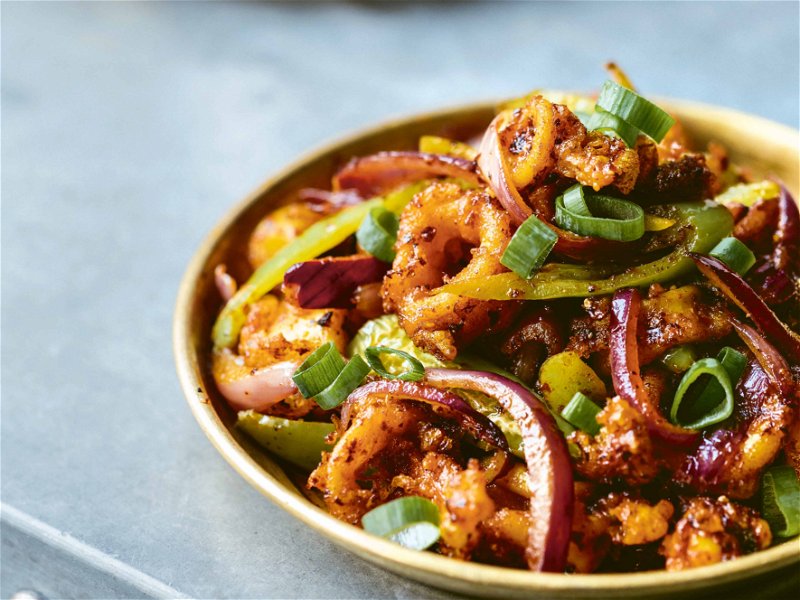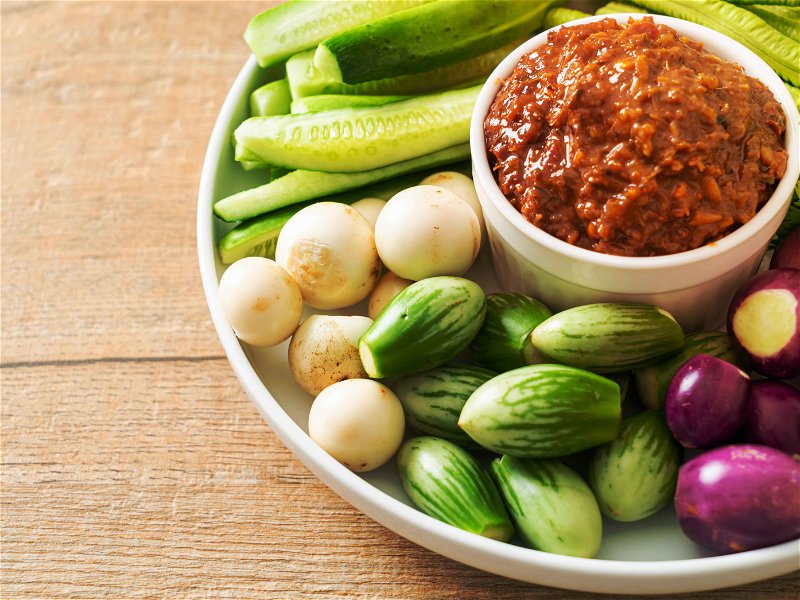Cooking with the seasons: oysters
Falstaff does an oyster deep-dive, down through the churning seas of foodie fashion and the maelstrom of menu terminology to the depths of seafood confidence.
For a modest little bivalve, the oyster seems to inspire the most fanatical of followings as well as the deepest of loathing. Garnering an almost Pavlovian response, it’s a food to take up arms over, to write poetry about (see Seamus Heaney or Lewis Carol) or to consign to the slop bin of history with a dismissive flick of the shucking knife. Many foods come with rituals and traditions, but the humble oyster is so encrusted with aspiration and social anxiety that it scarcely seems possible to enjoy it naked and unadorned as nature, and arguably gastronomy, intended.
But fresh oysters to enjoy at home are now just an egalitarian click away, so join us on this oyster deep-dive, down through the churning seas of foodie fashion and the maelstrom of menu terminology to the depths of seafood confidence. If the idea of wrestling oyster knives and platters of crushed ice sounds too much like hard work, though, look out for our forthcoming articles on the best places to eat oysters in London. We won’t judge.
A little seasoning of history
Whilst oyster eating stretches back to our hunter-gathering ancestors, oyster cultivation also has a long history. The Romans built fisheries along their coasts, later importing shellfish from Britain. Their oyster middens, piles of discarded shells, have been found at many archaeological sites, testifying to the long tradition of exceptional British oysters.

Before the Romans, the ancient Greeks had developed similar tastes. It’s from them that we derive our vocabulary – the Greek ostreon gives us the English oyster, the German Auster and the French huître. Not just a European phenomenon, remains of ancient oyster appetites have been found from Japan to Australia and the Americas.
By the 19th century, oysters were so plentiful and cheap on both sides of the Atlantic that they became a food of the poor – a boom followed by an over-fishing and water-pollution-fuelled bust. More recently, European oyster beds have suffered a new parasitic disease, particularly affecting the European Flat oyster, leaving stocks at historically low levels. Conversely, Pacific oysters are now so ubiquitous in some waters that steps are being considered by DEFRA (the UK Department for Environment, Food and Rural Affairs) to control their farming, to the inevitable consternation of the county’s aquaculture industry.
Gastronomically, oysters remain somewhat of a luxury item in Europe. In Asia, however, they have a more accessible flavour. China is now the world’s largest producer, and across south-east Asia, they appear everywhere, from oyster omelettes to tempura/wantons, delicate soups to the all-conquering oyster sauce.
Sourcing and selecting oysters
For home consumption, reputable suppliers with sustainable credentials are non-negotiable. In the UK, Simply Oysters & Seafood offers a range, as does Wright Brothers. Or go straight to the producers themselves: Rossmore Oysters have beds in Scotland and Ireland; Loch Fyne Oysters sell their local oysters online too. Beyond the UK, you’ll be able to source fresh examples in all major oyster-producing nations: France, Ireland, the USA, Canada and in China, Australia and Japan. Most seafood specialists and fishmongers offer a selection.
Suppliers will provide instructions on how to store and open (or “shuck”) your shellfish safely. In general, though, use your eyes – discarding broken/cracked shells – and your nose to confirm a fresh saline aroma (rather than a stronger, sulphurous fishiness). In common with muscles, the shells should be closed. One or two may arrive open but should close when tapped. Refrigerate and consume quickly – your oysters are alive and ozone freshness is essential to their appeal.
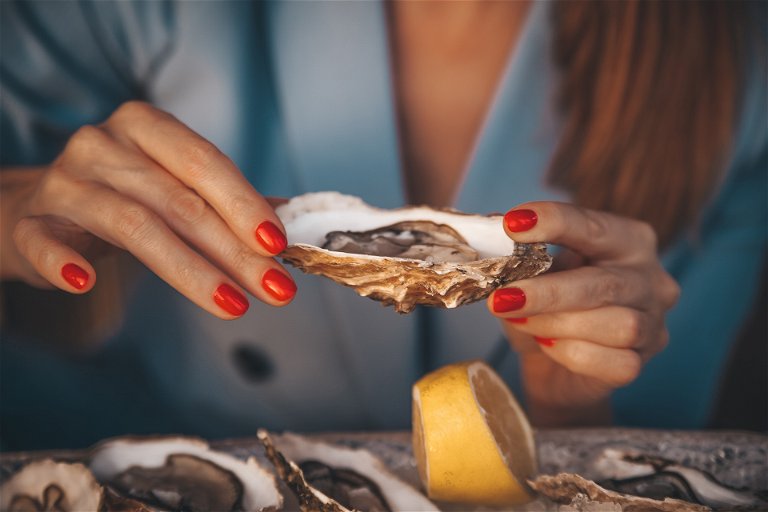
Of the many different types of oysters available, there are a few key varieties worth remembering. The nomenclature in fishmongers and restaurants can be confusing, though, as oysters are often named by the area from which they come, sometimes with species indicated, often not. There’s little consistency in sizing terminology either: sometimes a numerical value ranging from 0 or 00 (the largest) to 4 or 5 (the smallest), or simply a measurement (often in inches).
Natives or Flat Oysters
The European Flat Oyster (Ostrea edulis), or Native oyster as it is known in the UK, is especially prized. In the UK, Essex, Kent and the Southwest are hot spots, with names like West Mersea and Colchester on menus. Scotland and Ireland also have excellent Natives. These oysters are fished wild – farming these slow-maturing, fragile shellfish doesn’t make economic sense – and they can only be sourced from licensed fisheries during the UK Native Oyster season, usually September 1 to April 30 (yes, months with an “R” in them).
France knows them as huîtres plates and, as this suggests, they are rounded and flat as opposed to the elongated, more cup-like species below. Those from the Bélon estuary in Brittany are much sought after, rich with zinc and hazelnut intensity. “Belons” are today often Pacific oysters, however, in line with the general decline in European native stocks. The traffic isn’t all one way, though: small outposts of the European Flat can be found on both US coasts, after Belons were shipped to Maine and “went native”, if you’ll excuse the pun.
Flats have a classic iodine flavour and firm, meaty texture, which works exceptionally well eaten raw from the shell. A dash of lemon or mignonette (a light shallot vinaigrette) is the classic accompaniment. A little tabasco sauce is lovely, and be creative with the necessary acid lift – see our fragrant Oysters with Fresh Passion Fruit and Chilli.
Rocks or Pacific oysters
Usually bigger than other varieties, Pacific oysters (Crassostrea gigas) are the most widely farmed. Also known as Japanese or Miyagi oysters, they were introduced to America, France and England in the twentieth century to replace dwindling stocks of native oysters. Quick growing and robust, they are attractive to oyster farmers. Farming in this context means growing oysters from “seed” in protected environments, then cleaning and purifying them for market.
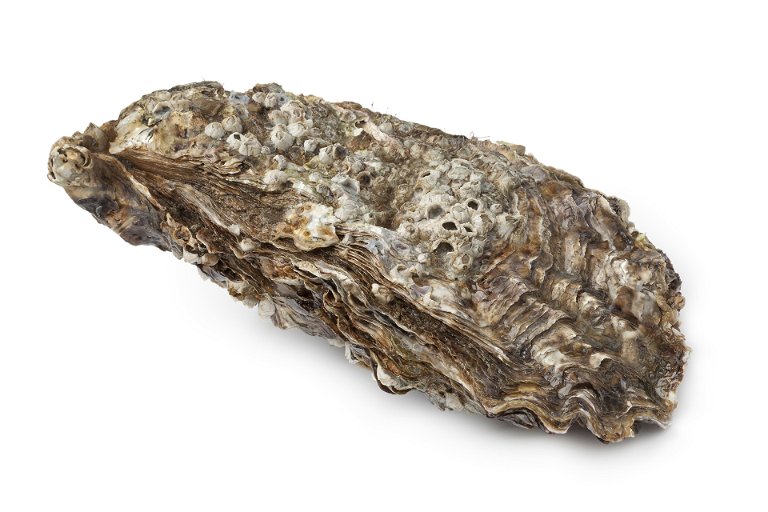
The French, blessed with ideal estuarine environments, have a long history of oyster cultivation: names like Cancale, Noirmoutier and Arcachon Cap Ferret are synonymous with quality. Those from the Marennes-Oléron basin are considered some of the finest. They spend their final months in clay ponds or “claires” in the area’s former salt marshes, where the mix of algae-rich fresh and saltwater results in superb flavour and a unique green tinge. Look out for Fines de claire (leaner), Spéciales (larger, fleshier) and the highest quality Fine de claires verte label rouge and Pousse en claires label rouge.

Less briny than their flat cousins, Pacifics have a creaminess and cucumber-like sweetness that makes them ideal for cooking. They also tend to be less expensive and available year-round. Try the Dickensian nostalgia of a pie: Bentley’s, one of London’s finest oyster bars, has a wonderful Beef & Oyster version. The classics of French fish cookery work superbly in oyster dishes: white wine, vermouth, pastis, watercress and spinach, cream, cheese and breadcrumbs for textural crunch. But don’t limit yourself to a European palate – try our Baked Oysters with Lemongrass and Watercress.
Unhelpfully, Pacific oysters are often referred to as “Rocks” in the UK, for example, Jersey Rocks or Carlingford Rock Oysters, but the genuine Rock oyster (Saccostrea glomerata) is another species entirely from Australia and New Zealand. Smaller than Pacifics, they make excellent Oysters Kilpatrick (or Kirkpatrick), a dish redolent with bacon and Worcestershire sauce. Campbells, of Rutherglen Muscat fame, has a lovely recipe. The similarly small and delicate Kumomoto oyster (Crassostrea sikamea) would also work well here.
Atlantic or Eastern oysters
Oysters Rockefeller and Po’boy hail from New Orleans, reflecting the French-flavoured cuisine of Louisiana. The former is a wonderful gratinated dish: chef Jamie Oliver makes a pleasingly simple version, especially if you use frozen, ready-shucked oysters. The Po’boy is a distant cousin of the Banh Mi – a French baguette sandwich crammed with deep-fried oysters, mayonnaise and crunchy garnishes (or "fixins" as the locals say). See the good folk at the James Beard Foundation for the classic recipe from his American Cooking.
Both Rockefeller and Po‘boy are likely to feature the Atlantic oyster, Crassostrea virginicas (also known as American or Gulf oysters). Found up and down the eastern seaboard of the US, they include Massachusetts’ Wellfleets and the famous Blue Points (named after the town in New York State).
